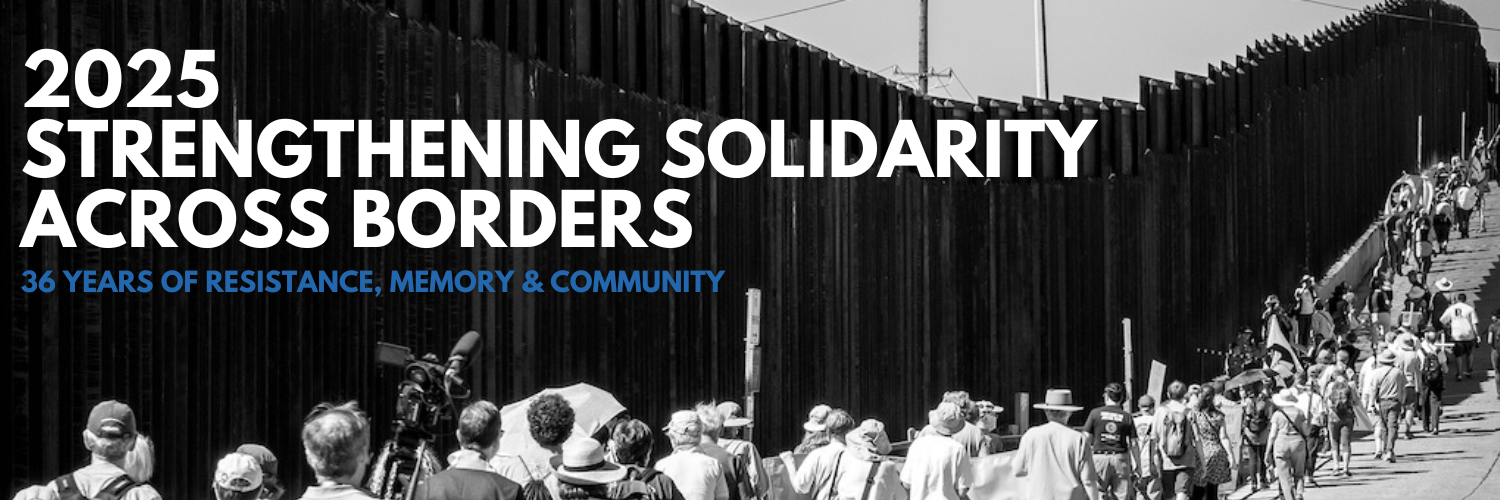On Sunday, April 29, 2012, José Antonio López Lara set off to go fishing. He left his home in Los Rigores, a campesino community in the Lower Aguan Valley, with his fishing supplies, his cap, and his machete. He hoped to bring home food to feed his two young children. Instead, he was never seen again.
Jose Antonio had headed towards a river located in the Paso Aguan plantation. At that time, the Paso Aguan plantation was patrolled by 30 armed security guards for Miguel Facusse, Honduras’ largest landowner whose Dinant Corporation is at the center of many of the land conflicts in the Bajo Aguan. The previous Sunday, Jose Antonio had been threatened by Facusse’s security guards on the Paso Aguan farm when he went to fish.However, as he told his wife, Rosa Delia Gonzales, he wasn’t involved in anything bad and so he set off to fish just as he had done many times before.
Rosa Delia never saw her husband again and never knew what had happened to him. Then, a year later, on April 25, 2013, she watched as a clandestine grave was dug up and forensic anthropologists carefully removed the dirt from a pair of plastic boots. Rosa Delia recognized the boots. She had patched them for Jose Antonio. She recognized the striped plastic bag in which she had packed his fishing string. As the excavation continued, his hat and machete appeared. Rosa Delia recognized them both. Here was the skeleton of Jose Antonio, her husband, savagely buried in the dirt.
As the forensic anthropologists meticulously cleaned the dirt from the cranium, the violent nature of his death became clear – there was a sizeable fracture in the back of the cranium along with another fracture in the cheekbone and the jaw.
Jose Antonio is just one of at least 5 disappeared campesinos in the area.On July 2, 2012, Gregorio Chavez disappeared while working his land in the Panama community. His body was found three days later — also on the Paso Aguan plantation – after an exhaustive search by members of the Panama community. In February 2012, Antonio Gomez left for work and never returned. On January 30, 2012, Lito Rivera also left to work and has never been found.On May 15, 2011, Francisco Pascual Lopez disappeared in the same area while grazing cattle. It is suspected that some of these bodies may also be buried in clandestine graves. But with mile after mile of African palm trees planted and armed security guards patrolling many areas, it is hard to find the bodies.
Just months after Honduras’ military coup, the World Bank issued the first $15 million of a $30 million loan to Facusse’s Dinant Corporation, which has been implicated in dozens of campesino murders. Thanks to a brief filed by Rights Action, the World Bank Ombudsman is auditing the loan but in late March the World Bank’s International Finance Corporation issued a statement defending Dinant Corporation.
Jose Antonio’s body was found only by chance. In early April, members of La Panama were working on the Paso Aguan farm when the cart in which they were hauling palm fruit got stuck and they noted that the land where the cart was stuck was not firm. A woman carved away some of the land and came upon the tip of a boot and subsequently a bone. They then realized they had probably come upon one of their disappeared companeros. The Unified Campesino Movement of the Aguan (MUCA) was determined that the body should be properly exhumed – i.e. not done sloppily as was the case with a previous exhumation by the Honduran government. Joni Rivas, General Secretary of MUCA said “we don’t want this to be another exhumation like the one in Ahuás [in the Mosquitia], where a lot of evidence could have disappeared.”
Together with the Committee of Families of the Detained and Disappeared of Honduras (COFADEH), they arranged for experts from the Guatemalan Forensic Anthropology Foundation to exhume the body. While waiting for the exhumation, members of the Panama community maintained a 24-hour vigil around the grave to prevent Miguel Facusse’s guards or others from tampering with the grave and the evidence.
After being sworn in by the Honduran authorities, forensic anthropologist Alma Nidia Vásquez and forensic archeologist Leonel Paiz arrived to exhume the body, accompanied by COFADEH, MUCA, and governmental officials.Hundreds of campesinos gathered.Nidia and Leonel worked in the heat from early morning to late afternoon, painstakingly and carefully uncovering the skeleton and removing the dirt from the remains. After hours of excavation, they documented everything and lifted the bones one by one to be taken to the Honduran capital for investigation and forensic testing.All the artifacts – his hat, plastic bag, machete, and plastic bottles – were taken for analysis as well. There will be DNA testing to confirm the identity and a report is expected in 30-45 days.
Jose Antonio Lopez Lara is just one of almost 100 campesinos who have been murdered in the Bajo Agaun since 2009, when SOA graduates led a military coup in Honduras. The campesinos hold the security guards of Facusse’s Dinant Corporation, the police, and the Xatruch III military force commanded by SOA graduate Col. Alfaro – all of which frequently collaborate — responsible for many of the murders and persecution. An extensive report by Rights Action details numerous human rights violations by the US-trained and supported 15th Battalion in the Aguan and documents the direct involvement of Dinant Corporation’s armed security forces in violence against campesinos.
Earlier this year, Xatruch III military forces, police, and security guards dressed in military uniforms evicted Panama community members from the Paso Aguan plantation, shot at them, and tear gassed them. The area was militarized and in the words of one member of Panama community, “We are persecuted daily… As poor people we are also human beings. We are people with feelings and we have the right to live.”

